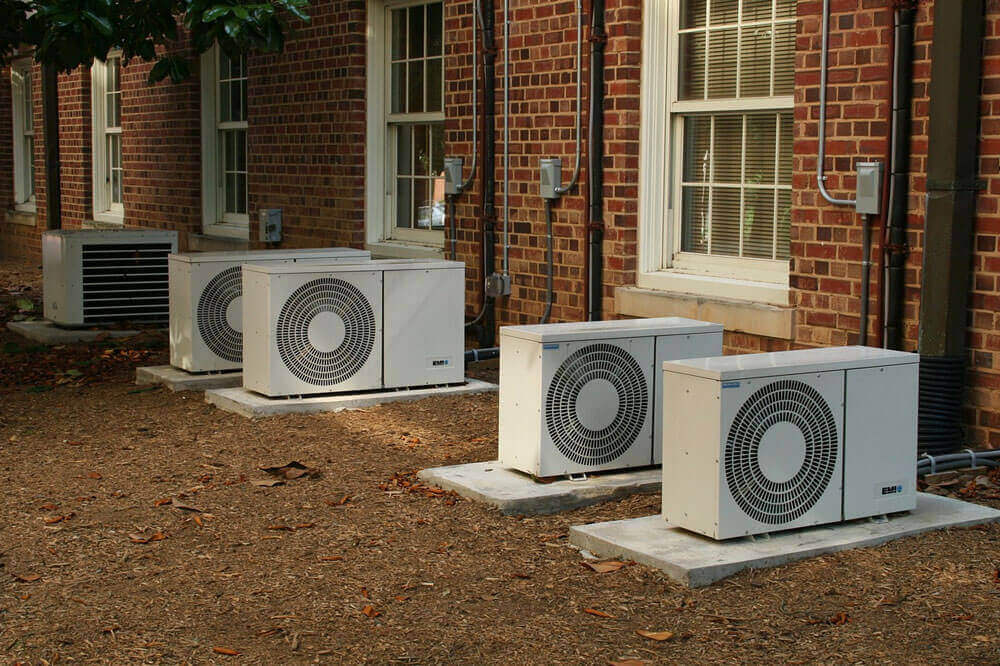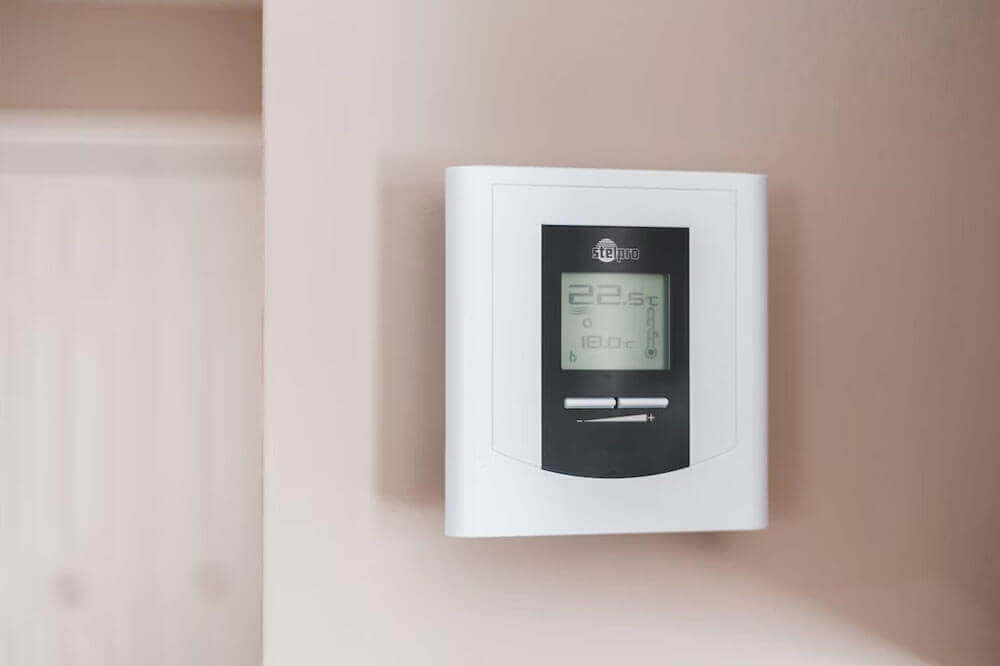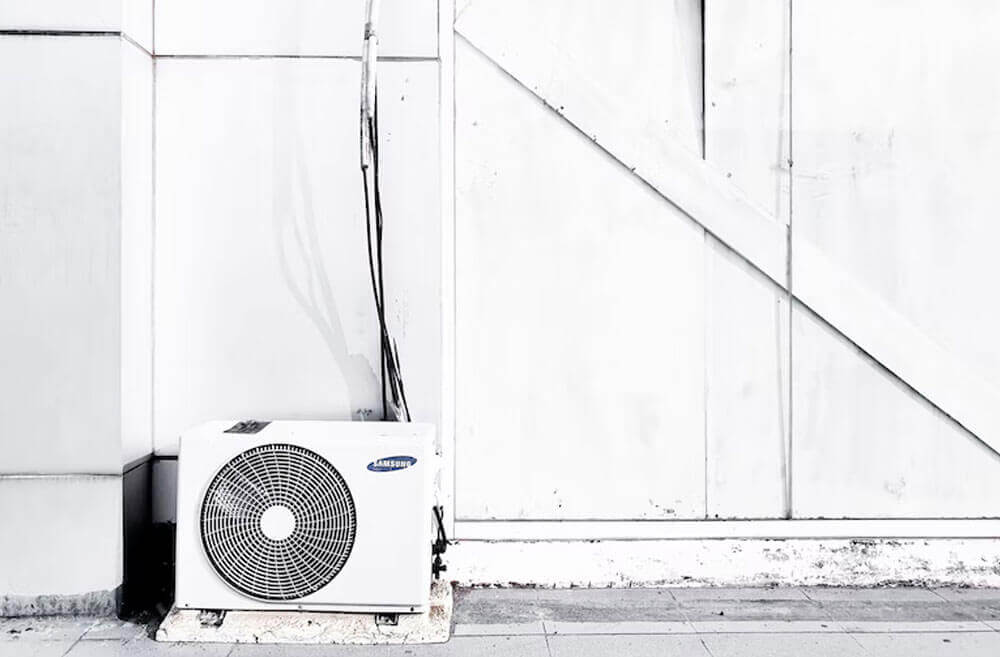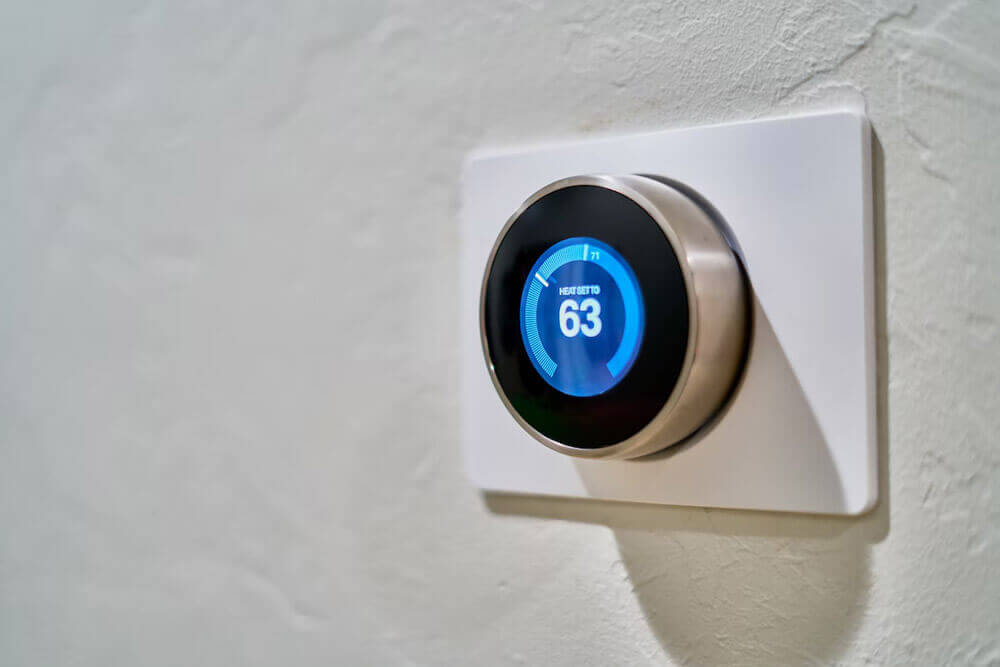By Go Green Heating & Air Conditioning
When you’re trying to keep your home cool, it’s tempting to think every room needs its own air conditioner. After all, comfort matters. But in many cases, installing an AC in every room just isn’t necessary, and it can quickly drive up your energy bills.
As HVAC professionals, we often encourage homeowners to think about how they actually use their home. Are there rooms you rarely spend time in? Spaces that stay naturally cooler? In those cases, running multiple AC units might be more than you need.
The best setup is the one that fits your daily routine, the layout of your home, and your budget. Before committing to more equipment than you need, here are a few things worth thinking through:
1. Home Layout
The layout of your home is one of the most important considerations as you reimagine your home’s air conditioning layout. Open floor plans with interconnected spaces, for example, may benefit more from a central air conditioning system, as cool air can circulate freely throughout the area. In contrast, homes with many separate rooms or multiple levels might require targeted cooling solutions, such as ductless mini-split units or portable ACs, to maintain comfort in individual spaces efficiently.
Additionally, factors such as insulation quality, window placement, and room orientation affect how heat enters your home and, consequently, how much cooling is needed. Assessing these elements will help you decide whether installing AC units in every room makes sense or if alternative cooling systems will better suit your home’s design and your comfort needs.
2. Climate Considerations
If you live in a region with hot and humid weather, central home air conditioning systems or a well-placed AC unit may be essential for overall comfort. Denver air conditioning is a bit different, as Colorado’s climate can change on any given day. However, the warm summers and constant sunshine mean you might prefer an AC unit, but you could also rely on alternative methods, like fans or window units, in select rooms.
3. Budget Considerations
Budget is also important, as AC units generally are not cheap. Consider your budget and installation costs, but don’t forget about ongoing energy bills. Central air conditioners for homes are often more cost-effective for cooling larger spaces, but they may require a higher upfront investment. You should also consider the energy efficiency of the units you choose. Modern systems are designed to be more energy efficient, which can really help reduce overall energy costs.
4. Usage Patterns & Zoning
Before deciding to install an AC unit in every room, assess how often different areas of your home are used. Focus on cooling the spaces where you spend the most time to maximize energy efficiency. Unused or rarely used rooms may not need dedicated cooling.
Many modern central home air conditioning systems offer zoning capabilities, allowing you to control temperatures in different parts of your home independently. This provides flexibility without the need for separate units in every room. Additionally, some homes might not have the physical space or electrical capacity to accommodate multiple AC units. Therefore, you must also consider the practicalities of installing AC in each room.
When might I need an AC in more than one room, and how many AC units would I need?
Large Homes: In homes larger than 3,000 square feet, a single AC unit may not provide even cooling throughout. Installing AC units in multiple key rooms helps maintain consistent comfort and prevents hot spots.
Multi-Story Homes: Temperature differences between floors are common. Separate AC units or zoning systems for each level allow precise temperature control and improved energy efficiency.
Rooms with High Heat Load: Certain rooms, like sunrooms, kitchens, or rooms with large windows, can heat up faster than others. Installing individual AC units in these areas provides targeted cooling to counteract higher heat loads without overworking the central system.
Home Offices or Specialty Spaces: If you spend a significant amount of time working from home or using dedicated spaces such as gyms or media rooms, separate cooling solutions can help maintain ideal temperatures without unnecessarily cooling the entire house.
The Bottom Line
There are nearly countless ways to cool your home, and understanding your budget and where you spend your time are two of the most important factors when figuring out the right method. For more information on the pros and cons of placing air conditioning in each room of your house, reach out to the experts at Go Green Heating & Cooling today.
About Go Green Heating & Air Conditioning
Go Green Heating & Air Conditioning is dedicated to helping customers make informed choices about their heating and cooling systems. Plus, they provide trustworthy, quality HVAC solutions with a strong focus on honesty and careful craftsmanship.





